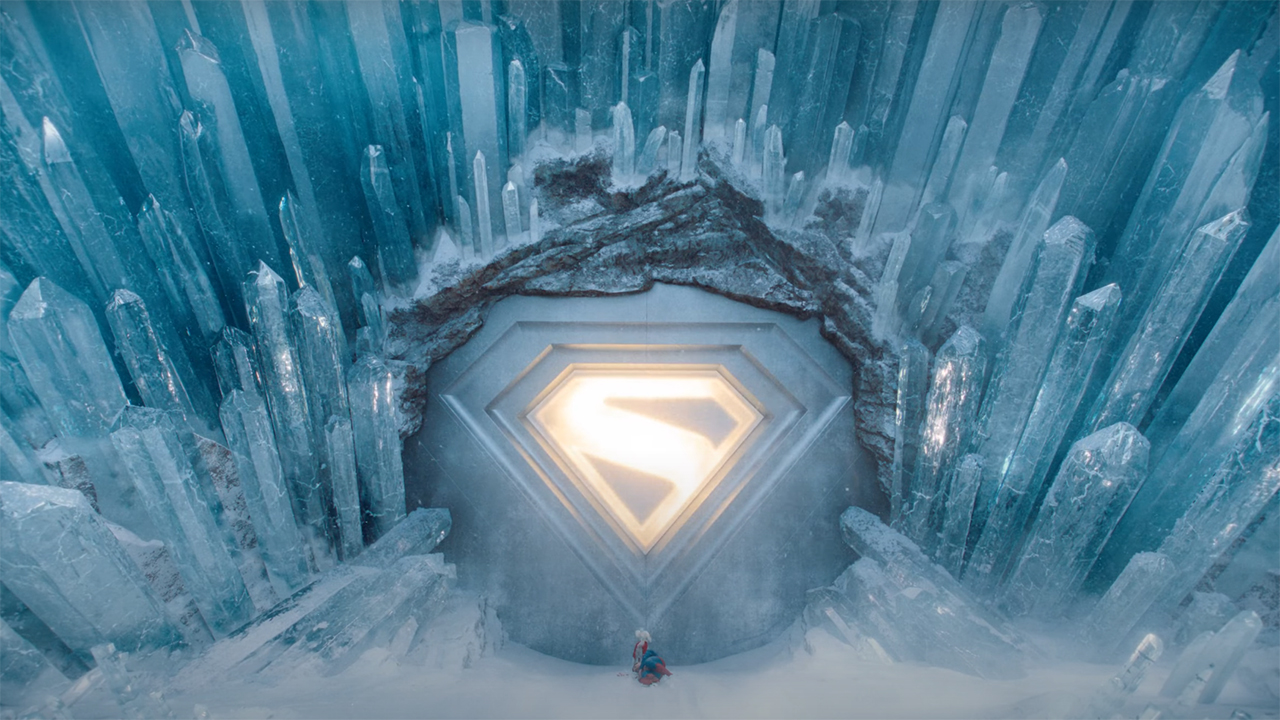Building a Simple Dodge Game with HTML Canvas and JavaScript
In this tutorial, we'll create a basic browser game where players control a red square that must dodge falling blue squares. This project is perfect for beginners looking to understand HTML5 Canvas and basic game development concepts. You can see the complete code on Github What We'll Build Our game will feature: A player-controlled red square at the bottom of the screen Multiple blue squares are falling from the top Keyboard arrow controls for movement Game over when a collision is detected Let's get started! Step 1: Setting Up the HTML Structure First, we need to create an HTML file with a canvas element: Square Dodge Game // Our game code will go here The canvas element will be our game area with dimensions of 900x600 pixels. Step 2: Setting Up Variables and Initial Game State Now, let's define the variables we'll need for our game: const canvas = document.querySelector("canvas") const ctx = canvas.getContext("2d") let rightPressed = false let leftPressed = false playerX = canvas.width / 2 const playerSize = 50 let interval = 0 const squares = [] These variables will: Get a reference to our canvas and its drawing context Track the keyboard input state (left and right arrow keys) Set the player's initial X position to the center of the canvas Define the size of all squares Create an interval variable for our game loop Create an array to store our falling square objects Step 3: Creating the Falling Squares Let's populate our game with some falling squares: for (let i = 0; i
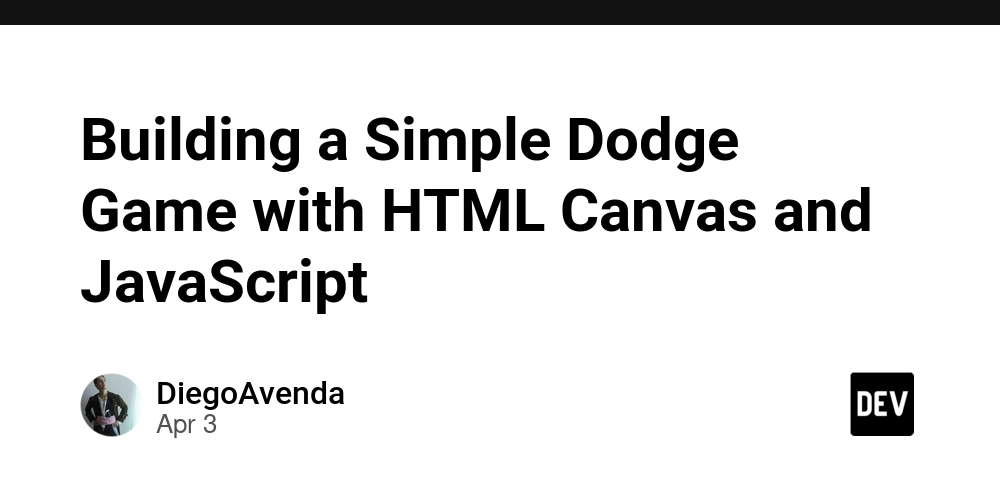
In this tutorial, we'll create a basic browser game where players control a red square that must dodge falling blue squares. This project is perfect for beginners looking to understand HTML5 Canvas and basic game development concepts.
You can see the complete code on Github
What We'll Build
Our game will feature:
- A player-controlled red square at the bottom of the screen
- Multiple blue squares are falling from the top
- Keyboard arrow controls for movement
- Game over when a collision is detected
Let's get started!
Step 1: Setting Up the HTML Structure
First, we need to create an HTML file with a canvas element:
lang="en">
charset="UTF-8" />
name="viewport" content="width=device-width, initial-scale=1.0" />
</span>Square Dodge Game<span class="nt">
width="900" height="600">










































































































































































![[The AI Show Episode 142]: ChatGPT’s New Image Generator, Studio Ghibli Craze and Backlash, Gemini 2.5, OpenAI Academy, 4o Updates, Vibe Marketing & xAI Acquires X](https://www.marketingaiinstitute.com/hubfs/ep%20142%20cover.png)


















































































































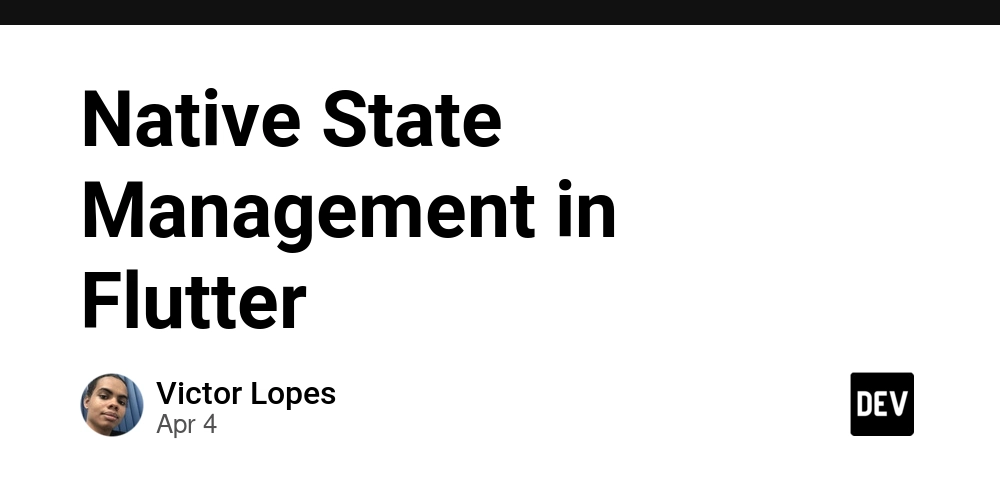


















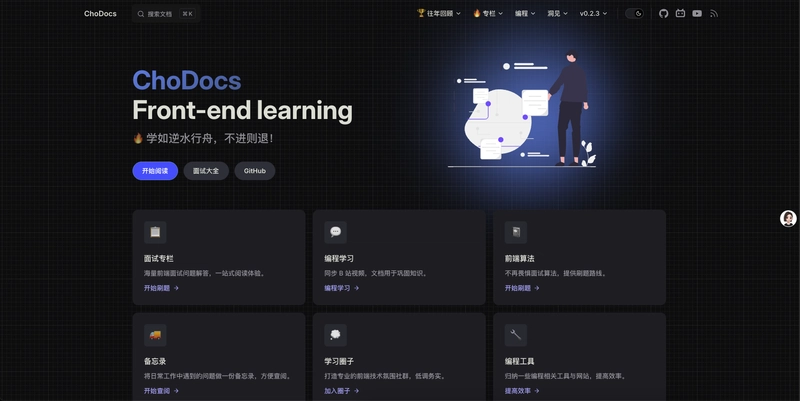










































































































.jpg?#)









































































































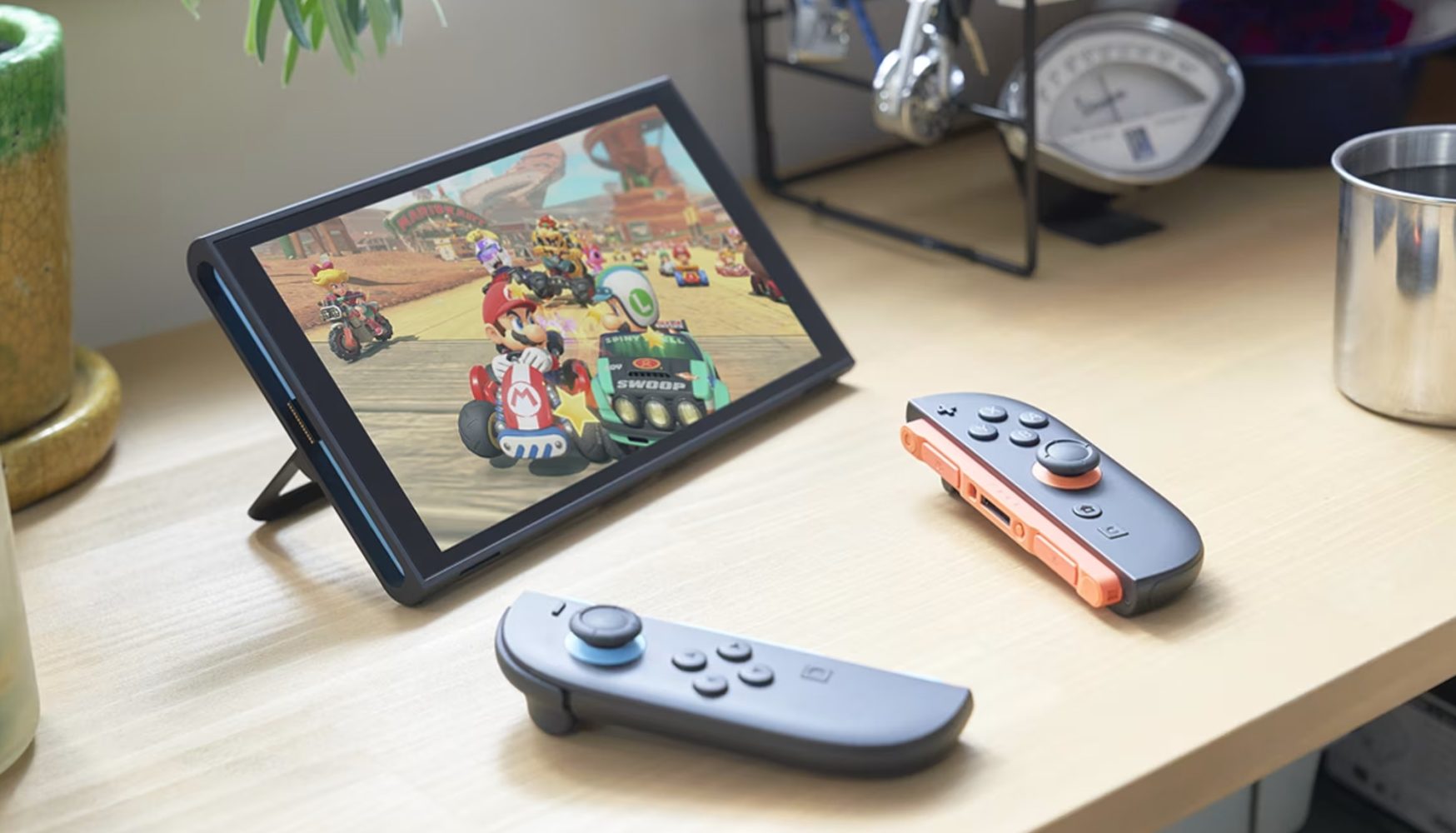













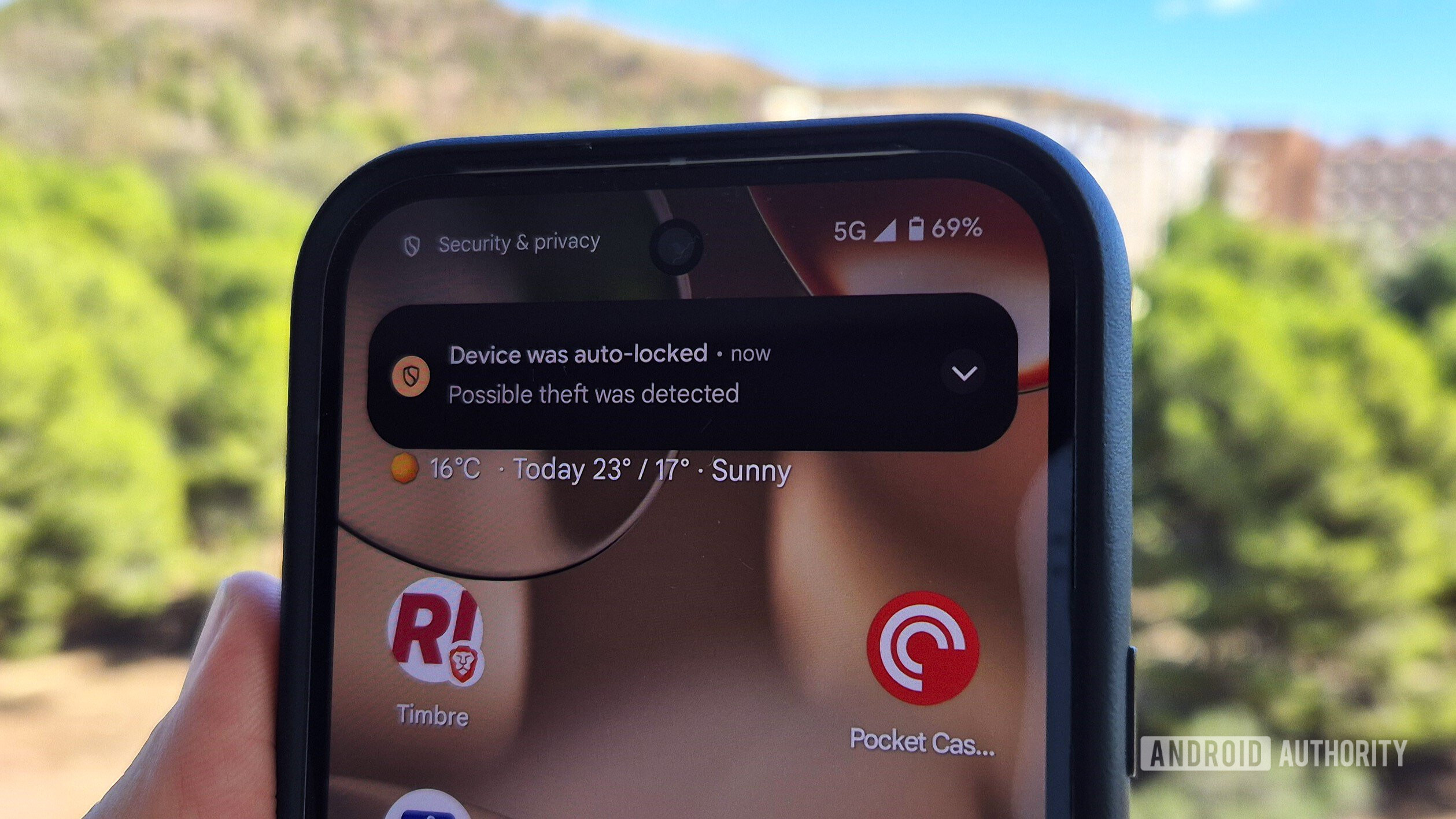





















![YouTube Announces New Creation Tools for Shorts [Video]](https://www.iclarified.com/images/news/96923/96923/96923-640.jpg)

![Apple Faces New Tariffs but Has Options to Soften the Blow [Kuo]](https://www.iclarified.com/images/news/96921/96921/96921-640.jpg)
















